Introduction
Sodium Cyanide is a highly toxic chemical compound widely used in various industrial processes, such as gold and silver mining, electroplating, and organic synthesis. However, its improper use, storage, or disposal can lead to severe consequences for the soil and the overall environment. This blog post aims to explore in detail the hazards posed by sodium cyanide to soil and the environment.
Properties and Sources of Sodium Cyanide
Sodium cyanide (NaCN) is a white, crystalline solid that is highly soluble in water. It is extremely toxic, with a bitter almond odor (although not everyone can detect this odor). Industrially, it is used in large quantities in the extraction of gold and silver from ores through a process called cyanidation. In this process, Sodium Cyanide is used to dissolve precious metals, forming soluble metal cyanide complexes. Other industries, like electroplating, use it to deposit a thin layer of metal on various objects. Additionally, it serves as a key raw material in the synthesis of many organic compounds in the chemical industry. Unfortunately, accidental spills, improper waste disposal, and leaks from storage facilities can release Sodium cyanide into the environment.
Hazards to Soil
Impact on Soil Microorganisms
Soil microorganisms play a crucial role in maintaining soil fertility, nutrient cycling, and overall soil health. Sodium cyanide, when present in the soil, can have a devastating impact on these microorganisms. Even at relatively low concentrations, cyanide can inhibit the activity of soil bacteria, fungi, and other beneficial microbes. For example, it can disrupt the nitrogen - fixing ability of certain bacteria, which are essential for converting atmospheric nitrogen into a form that plants can use. This disruption in nitrogen cycling can lead to a decrease in soil fertility over time. High concentrations of cyanide can be lethal to many soil microorganisms, reducing microbial diversity and altering the soil's ecological balance.
Effect on Soil Structure and Nutrient Availability
Cyanide can also affect the physical and chemical properties of soil. It can bind to metals and organic matter in the soil, forming stable complexes. This binding can make essential nutrients, such as iron, zinc, and copper, less available to plants. When cyanide reacts with soil components, it can change the soil's pH, which in turn affects the solubility and availability of other nutrients. For instance, in some cases, cyanide - induced changes in pH can lead to the precipitation of phosphorus, making it inaccessible to plants. Moreover, the presence of cyanide can disrupt the soil's aggregation structure. Healthy soil aggregates are important for water infiltration, root penetration, and aeration. When the structure is disrupted, soil may become more compact, leading to poor drainage and reduced oxygen availability for plant roots.
Contamination of Soil and Potential for Long - Term Persistence
Once sodium cyanide enters the soil, it can persist for a significant period, depending on environmental conditions. In some cases, cyanide may be slowly degraded by soil microorganisms or chemical processes. However, if the concentration is high or the environmental conditions are unfavorable for degradation (such as in anaerobic or highly acidic soils), cyanide can accumulate in the soil. This long - term persistence means that the soil can remain contaminated for years, posing a continuous threat to plant growth and soil - dwelling organisms. Additionally, the contaminated soil can serve as a source of secondary contamination, as cyanide may leach into groundwater or be carried away by surface runoff, spreading the pollution to other areas.
Hazards to the Environment
Water Pollution
Sodium cyanide is highly soluble in water, and any release into water bodies can have catastrophic effects. When it enters surface water, such as rivers or lakes, it can quickly dissolve and form cyanide ions. Even at low concentrations, cyanide is extremely toxic to aquatic organisms. Fish, invertebrates, and amphibians are particularly sensitive to cyanide exposure. It can interfere with their respiratory systems, inhibiting the uptake of oxygen. As a result, fish may experience reduced swimming performance, inhibited reproduction, and in severe cases, mass mortality. Concentrations as low as 5 - 7.2 micrograms per liter of free cyanide can have adverse effects on fish, and levels above 200 micrograms per liter are rapidly toxic to most fish species. Invertebrates also show non - lethal adverse effects at relatively low cyanide concentrations, and lethal effects at slightly higher levels. Cyanide can also contaminate groundwater, which is a major source of drinking water for many communities. If cyanide - contaminated groundwater is used for drinking, it can pose a serious threat to human health, causing symptoms such as headaches, dizziness, nausea, and in extreme cases, death.
Air Pollution
When sodium cyanide comes into contact with acids, acid salts, water, moisture, or carbon dioxide, it can produce highly toxic, flammable hydrogen cyanide gas (HCN). This gas can be released into the atmosphere, especially in industrial settings where accidental spills or improper handling occur. Hydrogen cyanide gas is extremely dangerous as it can be inhaled by humans and animals. Inhalation of even small amounts of hydrogen cyanide can cause immediate health problems, including difficulty breathing, rapid breathing, headache, dizziness, and in high - dose exposures, it can lead to respiratory arrest and death. In addition to the direct health risks, hydrogen cyanide gas can also contribute to air pollution in the surrounding area, affecting air quality and potentially harming vegetation through foliar uptake.
Impact on Terrestrial Ecosystems
Beyond the direct effects on soil and water, sodium cyanide pollution can have far - reaching consequences for terrestrial ecosystems. Since plants are the base of the food chain, any negative impact on plant growth due to soil - contaminated cyanide can disrupt the entire ecosystem. Herbivores that rely on these plants for food may experience reduced food availability or may consume plants with high levels of cyanide, which can be toxic to them. This, in turn, can affect the populations of predators that feed on these herbivores. For example, in areas where mining activities have led to cyanide contamination of soil, plant communities may change, with more sensitive plant species being replaced by those that are more tolerant to cyanide. This shift in plant communities can lead to a loss of habitat and food sources for many wildlife species, potentially causing a decline in biodiversity.
Conclusion
Sodium cyanide, due to its highly toxic nature, poses significant hazards to both soil and the environment. The impacts on soil can disrupt its biological, physical, and chemical properties, leading to reduced fertility and long - term contamination. In the broader environment, it can cause water and air pollution, endangering aquatic and terrestrial ecosystems, as well as human health. Given these risks, it is of utmost importance that industries using sodium cyanide implement strict safety measures in its handling, storage, and disposal. Additionally, regulatory bodies need to enforce stringent environmental regulations to minimize the release of sodium cyanide into the environment and protect our precious natural resources.
- Random Content
- Hot content
- Hot review content
- Lead Chloride/ Lead (II) Chloride 98%
- Company product introduction
- Sodium Metal, ≥99.7%
- Ferrous Sulfate Industrial Grade 90%
- Food Grade Heavy Light Precipitated Calcium Carbonate Powder Granular 99%
- 2-Hydroxyethyl acrylate (HEA)
- 97% 2-Hydroxypropyl methacrylate
- 1Discounted Sodium Cyanide (CAS: 143-33-9) for Mining - High Quality & Competitive Pricing
- 2China's New Regulations on Sodium Cyanide Exports and Guidance for International Buyers
- 3Sodium Cyanide 98% CAS 143-33-9 gold dressing agent Essential for Mining and Chemical Industries
- 4International Cyanide(Sodium cyanide) Management Code - Gold Mine Acceptance Standards
- 5China factory Sulfuric Acid 98%
- 6Anhydrous Oxalic acid 99.6% Industrial Grade
- 7Oxalic acid for mining 99.6%
- 1Sodium Cyanide 98% CAS 143-33-9 gold dressing agent Essential for Mining and Chemical Industries
- 2High Quality 99% Purity of Cyanuric chloride ISO 9001:2005 REACH Verified Producer
- 3Zinc chloride ZnCl2 for High Molecular Weight Polymers Initiator
- 4High Purity · Stable Performance · Higher Recovery — sodium cyanide for modern gold leaching
- 5High Quality Sodium Ferrocyanide / Sodium Hexacyanoferr
- 6Gold Ore Dressing Agent Safe Gold Extracting Agent Replace Sodium Cyanide
- 7Sodium Cyanide 98%+ CAS 143-33-9


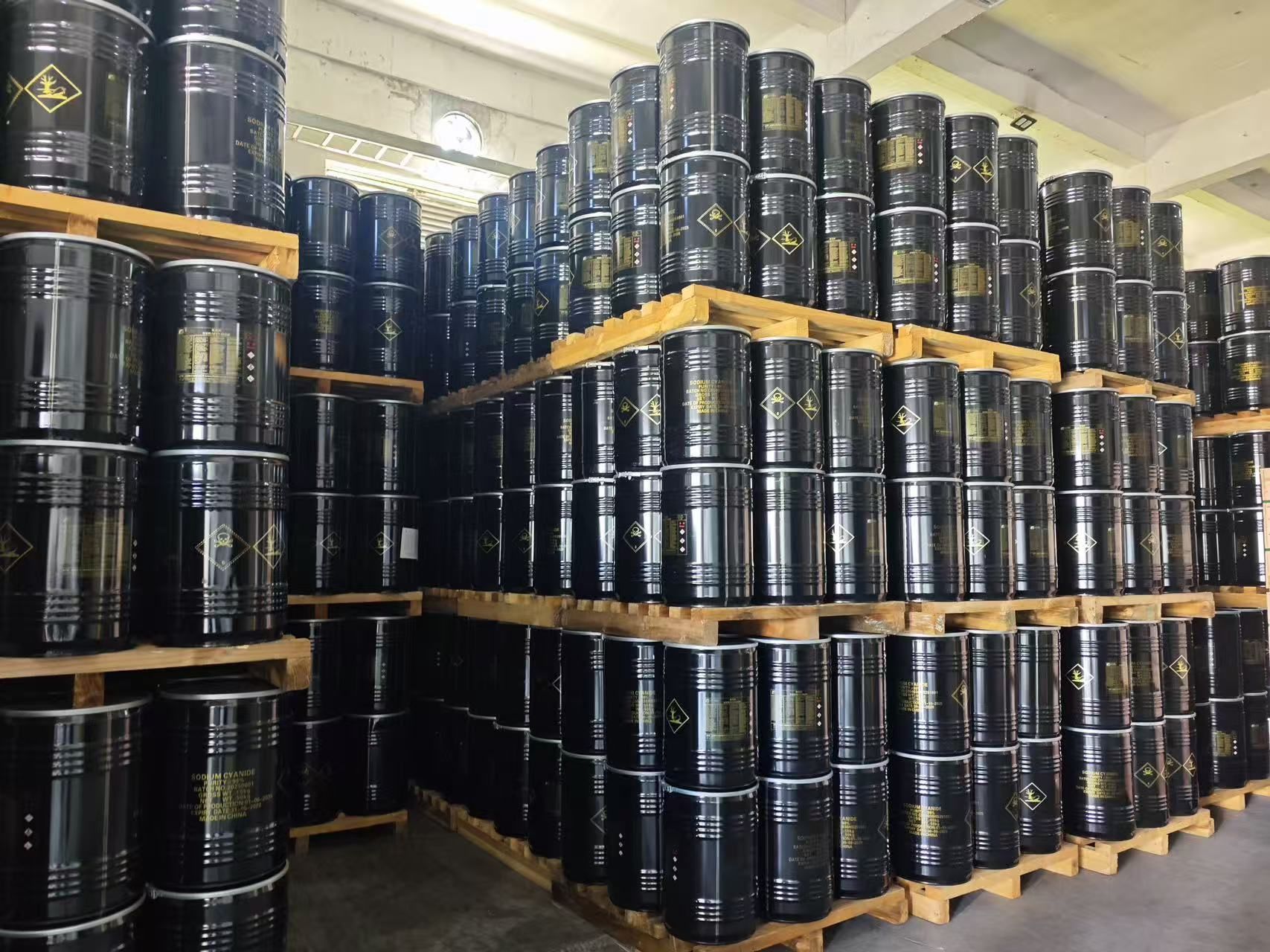

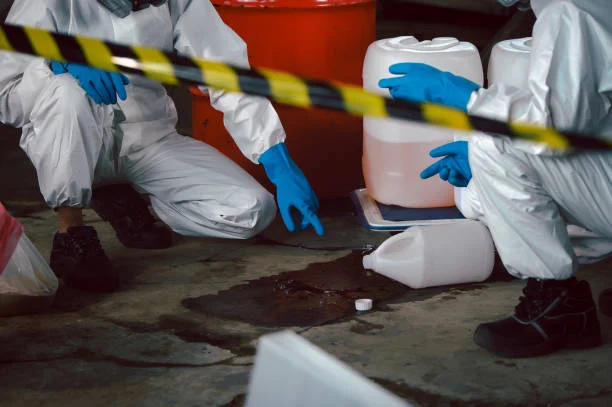
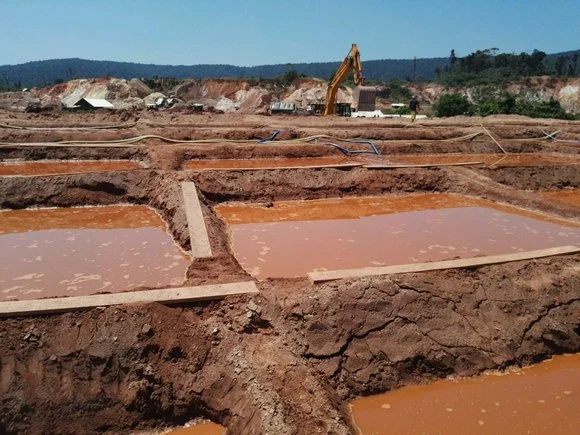
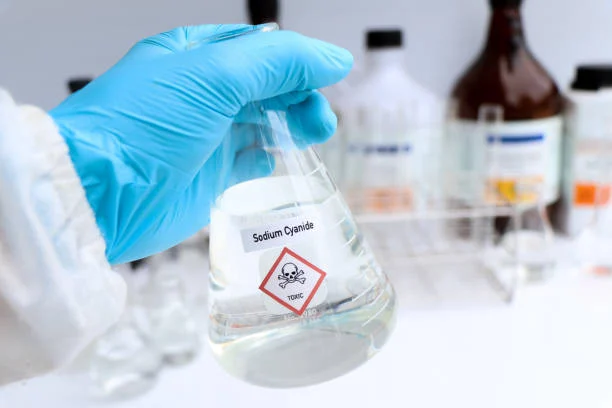


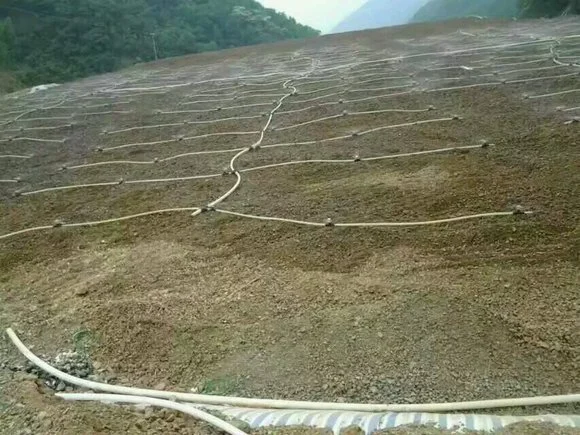


Online message consultation
Add comment: